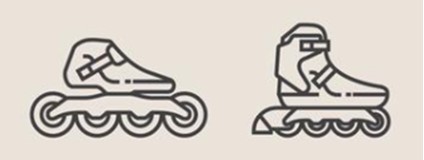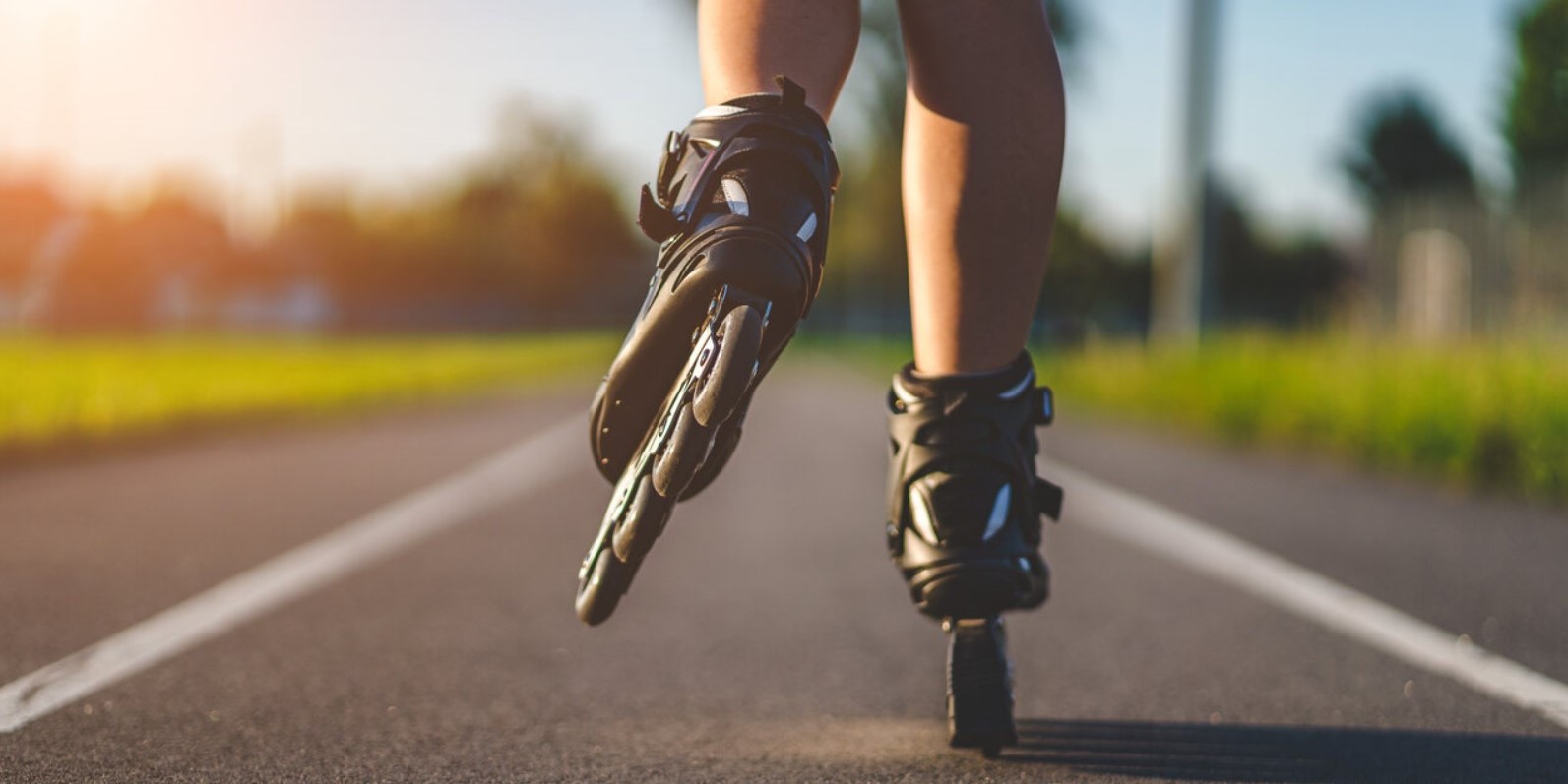Inline Skating is generally considered one of the best ways to exercise the whole body. Regardless of the level and/or discipline in which it is practiced, after a skating session, your body will always appreciate it. This is one of the many reasons why more and more people are joining the sport these days.
Up to this point, everything is fine, you are convinced, and you have the determination to start skating. That is the first step. Remember: without motivation, there is no action; But what do I need to start skating? How difficult is it? How long will it take me to learn it? What are the best skates? These are some of the FAQs that I receive in my inbox.
Setting expectations
Besides motivation, you need a pair of skates (duh). Before going deep into skates, let’s set the expectations. That means, would you like to skate at a recreational, fitness, competitive, or elite level? To help you decide, we have created this simple chart:
| CATEGORY | FREQUENCY | DURATION |
| Recreational | 1-2 times a week (or just a couple of times per month) | Less than 30 minutes of physical activity |
| Fitness | 3-5 times per week | Over 30 minutes of physical activity |
| Competitive/Elite | Previous experience required. Skaters with a few months or years without training | 45 minutes or more of training |
Choosing skates
Once the expectations have been established, we can focus on the following question: What type of skates do I need? This site specializes in inline skating; however, there are several models of skates for various skating disciplines, including ice skating, hockey, figure skating, rollers, freestyle slalom, aggressive skating, park/ramp skating, etc.
Overall, you can find two types of skates in the market: low-cut skates and high-cut skates. For the recreational and fitness categories, we will normally find skates with a high cut (right image), since these provide greater support in the ankle area, adding stability to prevent injuries. Low-cut skates (left image) are more common among competitive or elite category skaters. Some versions of the fitness category offer dual high and low-cut modes, with slight adjustments, it is possible to have skates with high or low cut, according to the preference and/or skater progress.

Wheels
In principle, the bigger the wheels, the faster the speed it can develop. Ideally, for a person who begins to skate, wheels of around 84mm are ideal since they are not so big and allow learners to adapt to them. As in the case of skates, there are as many models and sizes of wheels as there are models of skates; for example, some wheels are ideal for indoor skating, and others for outdoor surfaces such as asphalt or trails. It will be related to the expectations established by you and the places where skating will take place to practice.
3 or 4 wheels?
This is always an interesting debate; there are skaters who prefer the use of 3 wheels and those who prefer 4 wheels. Again, it relies on the skater’s expectations. For beginners, it is common to use 4-wheel skates as they provide greater stability, especially in curved movements. However, learning to skate from scratch will require the same dedication regardless of using 3 or 4 wheels. I prefer the use of the 4 wheels at all levels, although it is true that the 3 wheels can, in principle, develop greater speed; this speed is relative since it depends on the terrain where you skate. The 4-wheels skates provide more flexibility when cornering to the left or right, at least in my experience.

Learning time
As usual, practice makes perfect. The more time you spend improving your skating practice, the better the results will be. This does not imply that we should be skating as much as possible; practice can involve exercises on and off the skating field (static and in motion). In addition to reading, seeing, and practicing correct skating techniques, with and without skates, on the grass, in front of the mirror, or on long and short routes, it is also a good idea to get access to professional certified instructors to improve your technique.
I am afraid to fall
Statistically speaking, there are around 10% fewer injuries in skating than cycling. However, it is very likely to fall at some point as part of the learning process, and we must be prepared both physically and mentally for it. It is okay to fall; we have all fallen while skating at some point. We cannot avoid falling altogether but can reduce the impact. By wearing full protective equipment (helmet, hands, elbows, and knees) and skating on flat surfaces (preferably in a park that also has grass areas for static practice), we would be reducing the chances of being seriously injured by over 90%.
Security
Finally, protecting yourself is essential. If you are skating for the first time, we highly recommend the use of all head, hand, elbow, and knee protection accessories.
About the Author:
Gerald Prado is an inline speed skater who started skating when he was 4 years old. He holds international dual accreditation as a certified skating instructor (Levels 1 and 2) and speaks English, Spanish, and Portuguese.


Leave a Reply